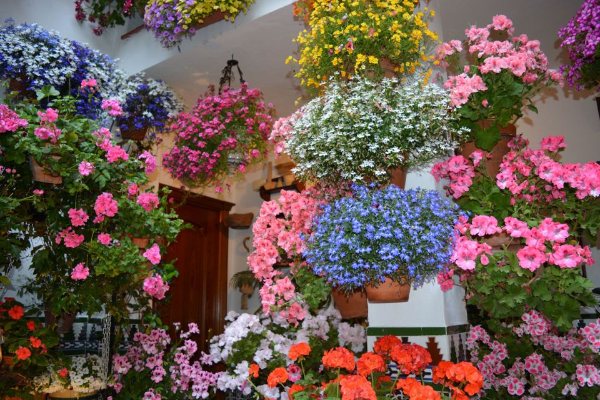
Julio Romero de Torres Museum
Julio Romero de Torres (1874-1930), unknown by many non-Spanish tourists, was the most important painter in the history of Cordoba, and one of the best Spanish painters of the 20th century.
Besides his incredible talent, Julio Romero de Torres became very popular in Spain for his eccentric character, his bitter polemics with the critics as well as the theme of his work.

Who was Julio Romero de Torres
Julio Romero de Torres was born in Cordoba (1874) into a family of artists.
During his years in Cordoba, the young artist enjoyed the cultural life of the city to the fullest; it was here where he acquired his artistic knowledge and where he did his first works, gaining tremendous popularity in Andalusia.
But soon the artist moved to Madrid where the possibilities were infinitely greater. In the Spanish capital he met the most important painters of the time and become a public figure known throughout Spain.
A painting that becomes more intriguing the longer you look at it.
The Sin (1913) was painted by Julio Romero de Torres. It’s full of symbolism, including the mirror and the apple presented by the four mourning women.#Art #Painting #Symbolism pic.twitter.com/rSCJVlEGxN
— Eelco Kappe (@TripImprover) February 26, 2021
Later, he traveled throughout Europe and participated in several competitions in different European cities. But his greatest success was achieved in Buenos Aires (1922) where his exhibition was acclaimed by the audience.
In 1930 the painter had liver disease and decided to return to his hometown. Back in Cordoba, he tried to live quietly and dedicate to painting and contemplation.
Few months before dying, he painted his final work and one of the most popular paintings of Julio Romero de Torres, “La Chiquita Piconera”.
Julio Romero de Torres Museum
The current Julio Romero de Torres Museum is open since 1931 and reflects the popularity and the great love that “Cordobeses” feel for the painter.
The building that today houses the museum was built in the 15th century as a hospital (Charity Hospital).

Julio Romero made all kinds of paintings, but among his favorite themes was bullfighting, flamenco and portraits of Andalusian women.
Fortunately, following the will of Julio Romero de Torres, many of his works have remained in his hometown. The museum includes some of the most emblematic works such as:
• The Poem of Cordoba
• Marta
• Cante Hondo
• Carmen
• La Chiquita Piconera
• El retablo del amor
In total, the museum houses more than 250 paintings and personal objects of the artist distributed in 6 rooms.
Useful Information: Julio Romero de Torres Museum
Opening Hours
Monday closed
Tue-Fri from 8:30am to 08:00pm
Sat from 9:30am to 6:00pm
Sun and bank holidays from 8:15am to 2:45pm
IMPORTANT! January 1, January 6, May 1, December 24, December 25 and December 31 Museum will be closed
Address:
Plaza del Potro 1-4 (Old Town Cordoba)
Built in:
The building was built in 1752 (was part of the old Hospital of Caridad (managed by the Franciscan order). However the Museum of the Julio Romero de Torres was open in 1931.
Tickets :
General: 4,50€
Reduced: €2,25
Free Admission
Fridays










